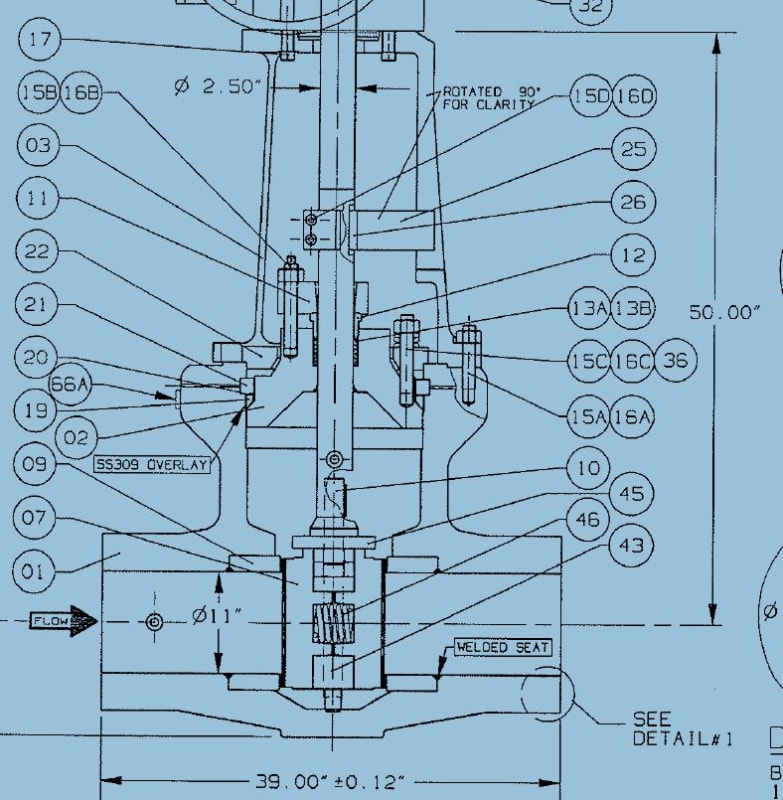deepu78
Mechanical
- Nov 11, 2008
- 51
Can flanged valve be used instead of welded valve.
Process : Water gas shift reaction
Existing design
-welded 16"(400NB) Ball (HV )control valve
-Temperature 270 deg C
-Pressure 35 Bar
-process gas line
-Material is P11 Stress relived line
Proposed change
-Replace existing welding valve with flanged valve(same size).
-The new valve weight = 2400 kg
-The existing piping class specifies Butt welded valve
-Same process condition as above
Is there a risk in this change to flanged connection ?Please advise.
DV
Process : Water gas shift reaction
Existing design
-welded 16"(400NB) Ball (HV )control valve
-Temperature 270 deg C
-Pressure 35 Bar
-process gas line
-Material is P11 Stress relived line
Proposed change
-Replace existing welding valve with flanged valve(same size).
-The new valve weight = 2400 kg
-The existing piping class specifies Butt welded valve
-Same process condition as above
Is there a risk in this change to flanged connection ?Please advise.
DV

